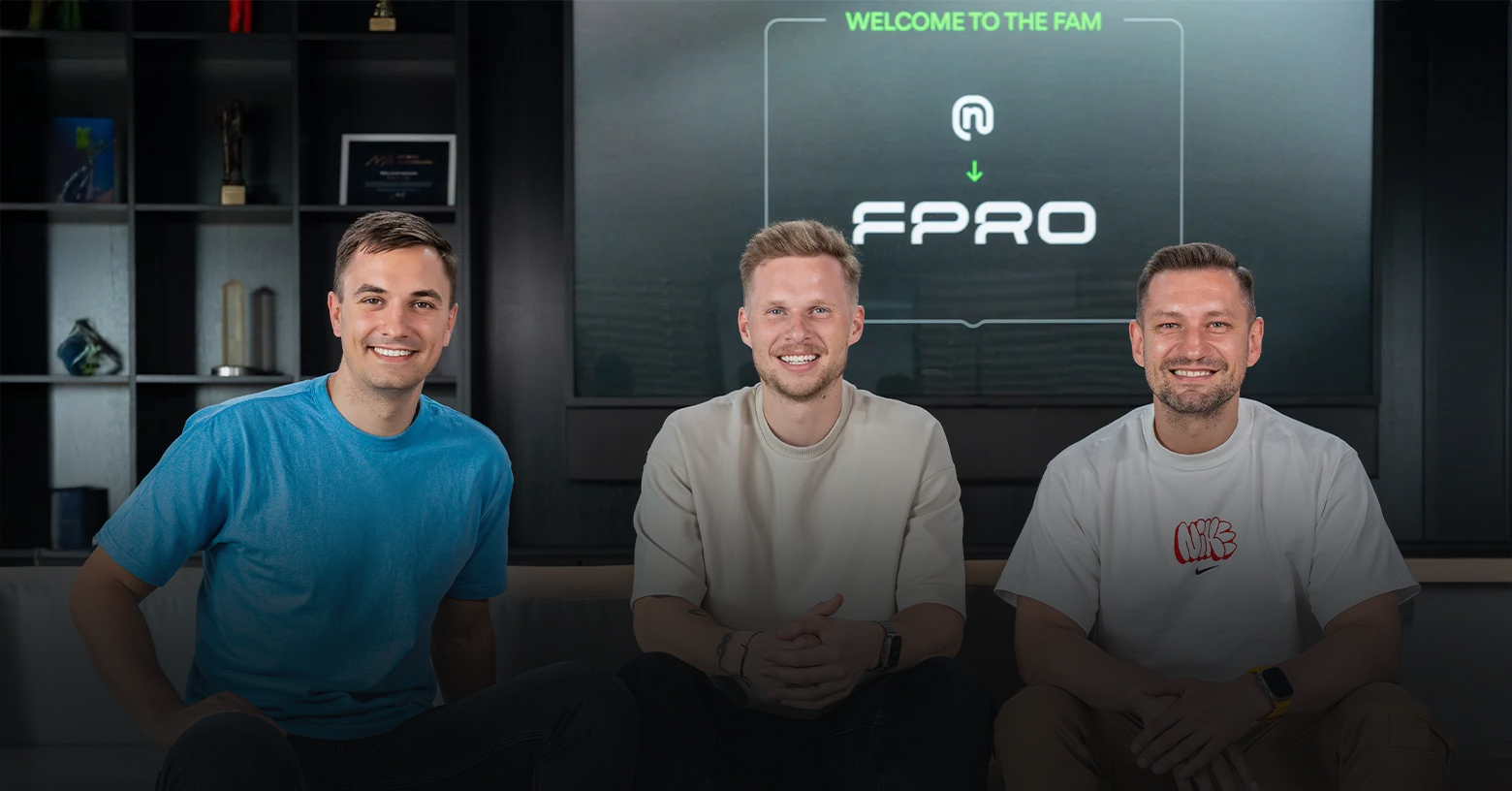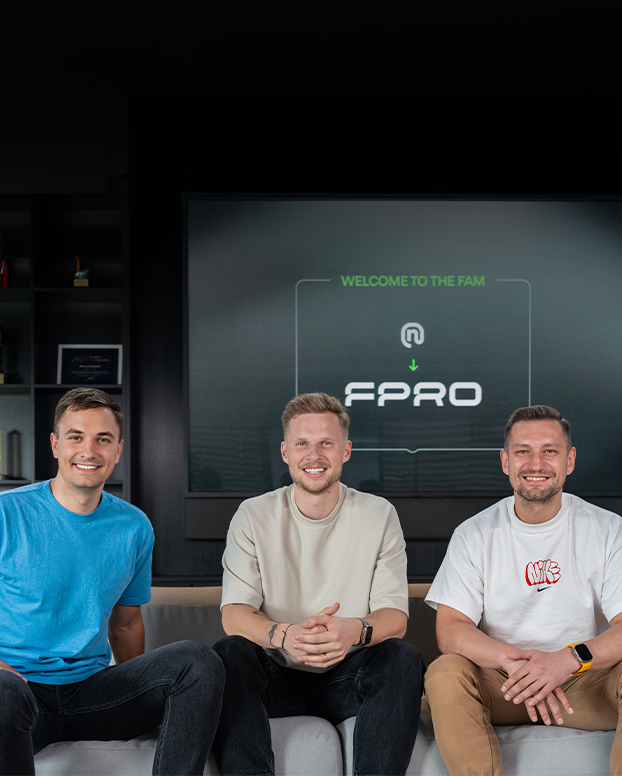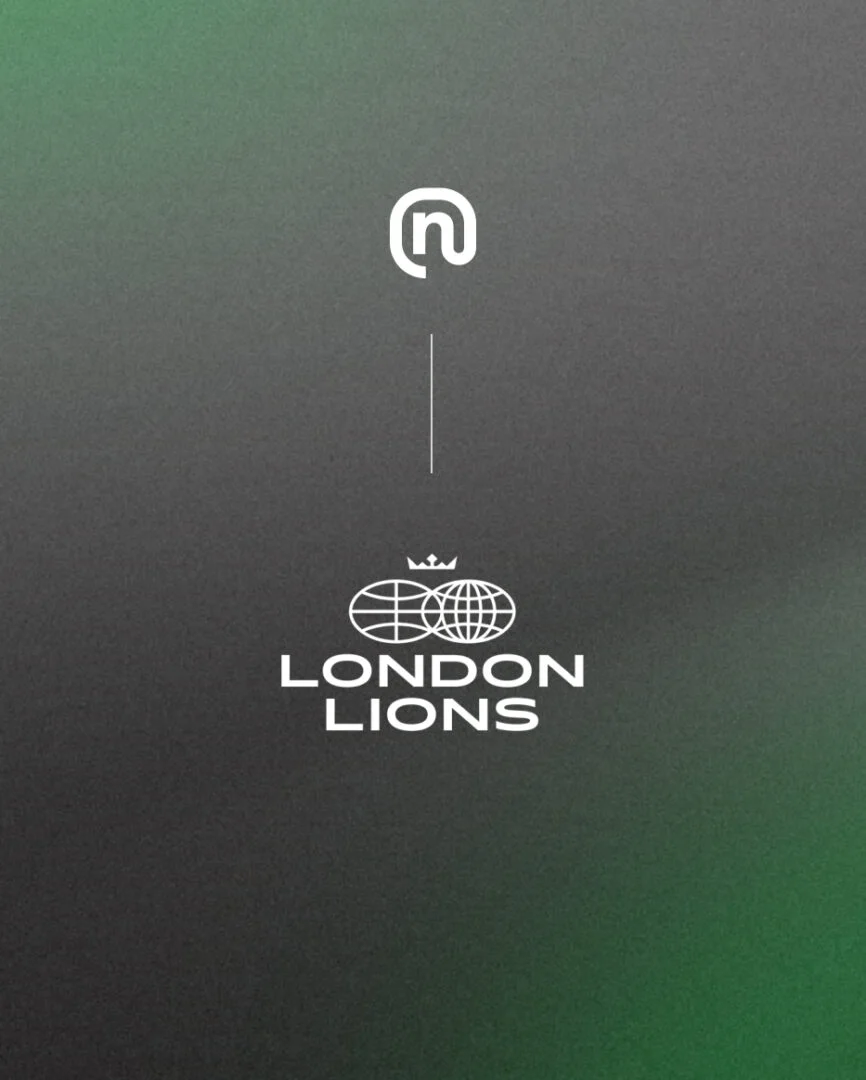
Behind the Scenes of Product Development
July 26, 2021•5 mins read
Jonas has been creating various products since his childhood. Smaller or bigger projects – it didn’t matter – he just wanted to build and create. He started with a two-story autotransporter (Kamaz) for LEGO cars. Then, when Jonas was 11, he began experimenting with web development and created his very first website. Today, he’s the CEO of NordPass and NordLocker taking these products to new heights.
So yeah, this guy is more than passionate about innovating something new and exciting. With many different projects under his belt, Jonas definitely knows what it takes to build great products and the struggles of starting from scratch. So who’s better to introduce to the intricacies of the product development process than Jonas Karklys?
So first of all – where do you start when building new products?
First, you have to dive deep into the data. The deeper, the better (deeper – it’s not a startup name this time). Your goal is to essentially collect as much data as possible. How to do it? Read quantitative and qualitative surveys, all publicly available information about the competitors, the feedback of users of these competitors, brand name trends, market trends, user experience analysis of these companies, retention activities, etc. You have to grab everything. Talking with people in the market you want to operate in is also important. All of this helps you to have an overview, a broader image of the market and competition, and start thinking about the following steps – building a team, creating an MVP, and then striving as fast as possible.
What are the key things to keep in mind?
When I think about a new product or a new idea, I always think about the ways to hook the user. Is it easy to trigger him or her? What actions can the user make? What about rewarding users? What would be the investment phase? Is there a place for gamification? What would be the unique selling proposition? There are many important questions you should ask yourself, but most importantly – think one step ahead.
You mentioned MVP – why is it necessary to include this step into the process?
MVP can help you to validate whether you’re going the right way or not. Sometimes, you can get a bit carried away with your idea – so much so that you forget you need actual clients to buy the product for your business to survive. And to do this, you need to know what your target audience needs and not just to build the whole product on your “gut feeling”. So, build an MVP, test the main idea with the first users and then develop it further or pivot to somewhere else. After all, you must achieve a product/market fit which is a 40% threshold. When you have that score, you can start to scale your product and the company.
Do you have any tips for building MVP or testing?
There are plenty of good practices on how to prototype and test your product. One of the key things is to be very disciplined and rely on the correct data. Also, sometimes it’s super useful to invite random guys to test your prototype at the office and sit together watching what they’re really doing with your product, how they’re using it. Quite often, it’s mind-blowing 🙂
Teams also play a huge part when developing new products. How do you form a proper team to start with?
Of course, it’s important to work with the best talent possible. But it’s also important to choose the right people for the right time. In the beginning, it’s recommended to work with generalists who can manage all the problems and do whatever you need. They shouldn’t care about doing something that’s only in their job description – they usually want more responsibility and to be involved in everything. These people actually should hate documentation and processes. And later on, once you’ve proven your product has the potential to scale, you can onboard more particular professionals to help with various areas of your business.
The most complicated part is knowing when to kill an idea. How do you know when it’s time to move on?
Oh, it’s a really tough question. And it always will be. First of all, how can you shoot your baby? The best you can do is to try and avoid such situations by doing your homework that I mentioned before (analyzing competitors and data, validating MVP, etc.). The sooner you start to cooperate with the users, the easier it’s to avoid unpleasant situations. And if you move quickly, you can always pivot your product. That’s why it’s important to work hard with the best team which can navigate through difficulties and can quickly adapt. For instance, PayPal changed its main business idea four times (!) in one year in the beginning! However, if you truly see no traction to your product, you tried “everything”, used all the experience you had previously, and still nothing works – close it down and move forward.







